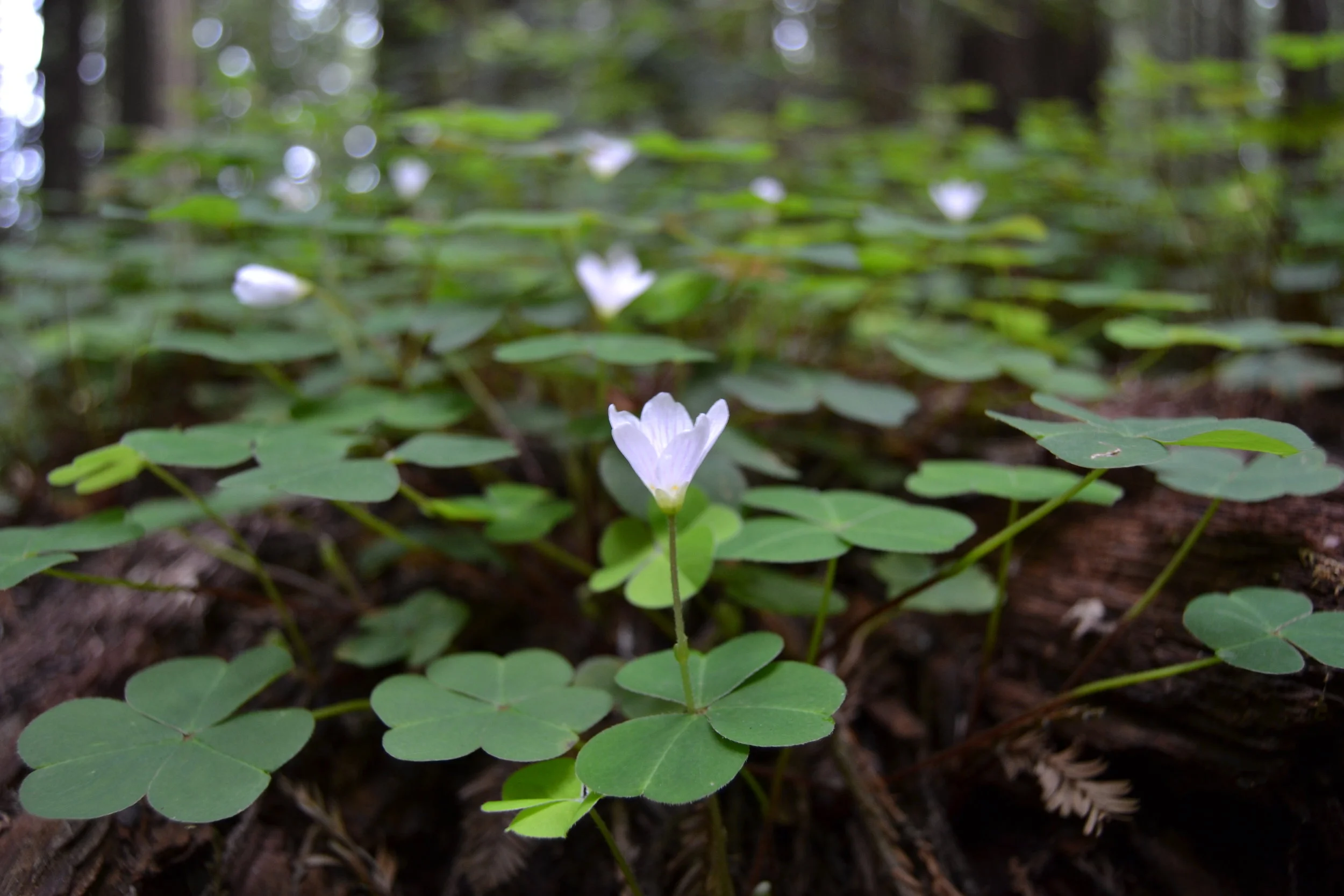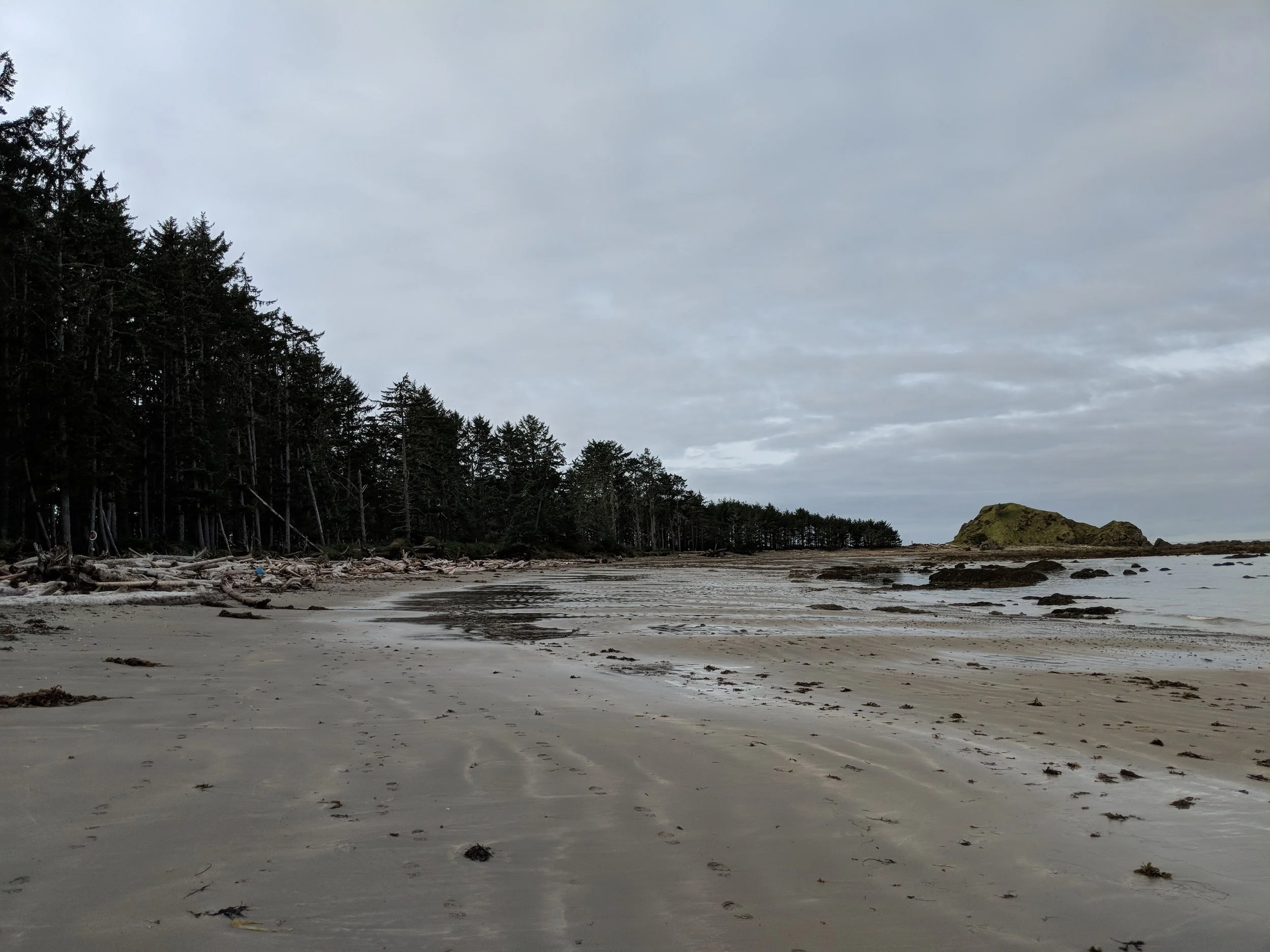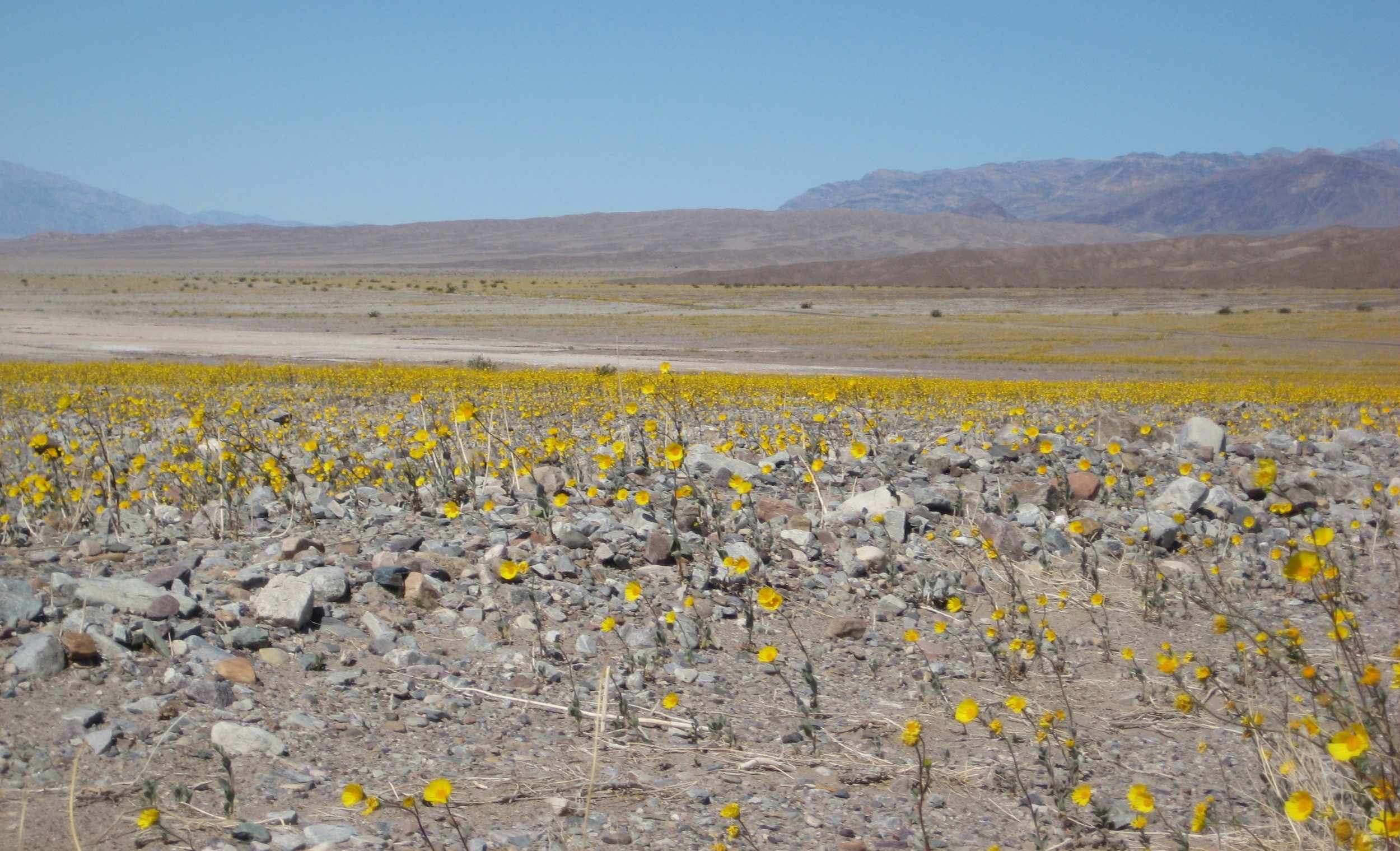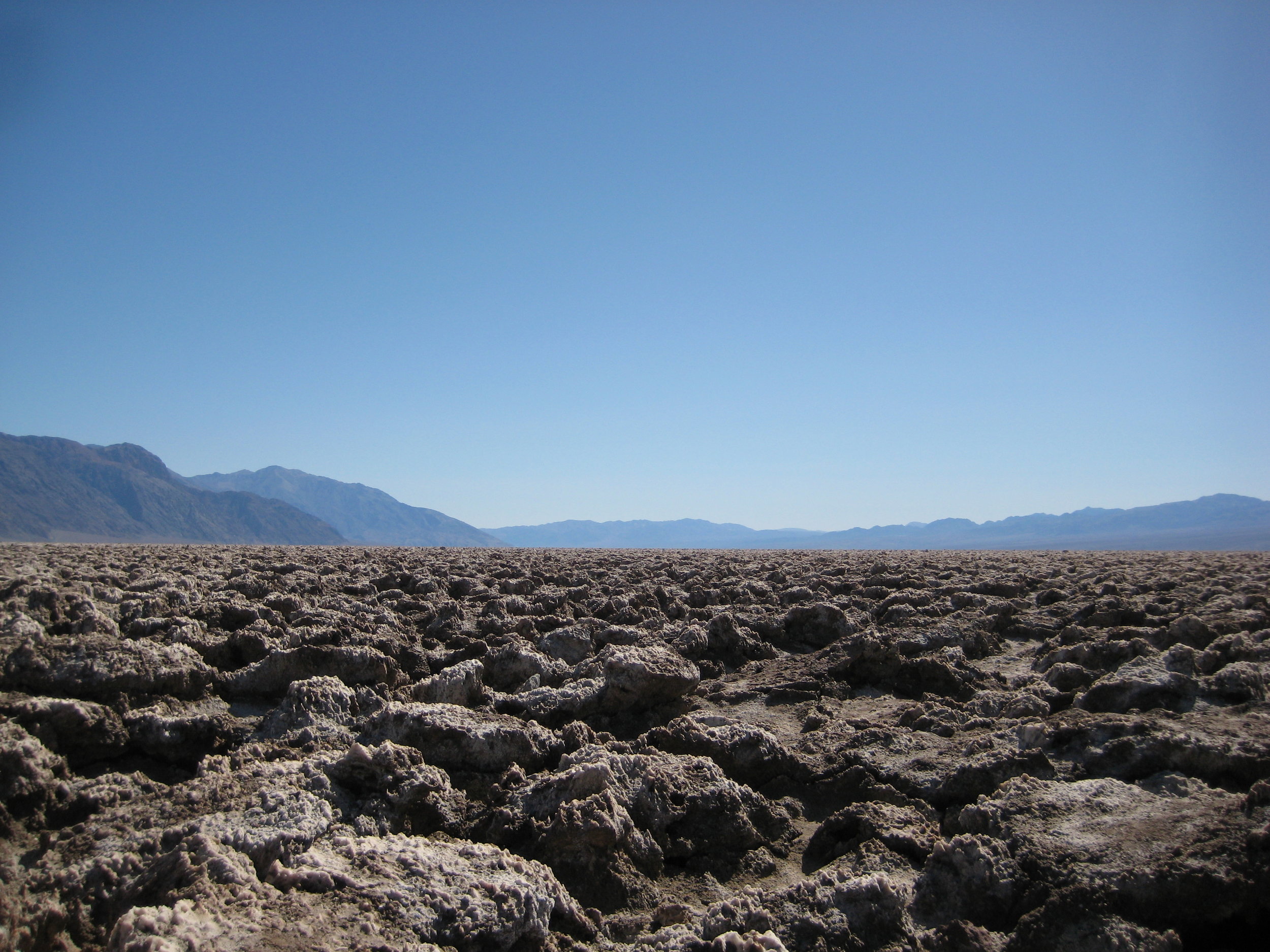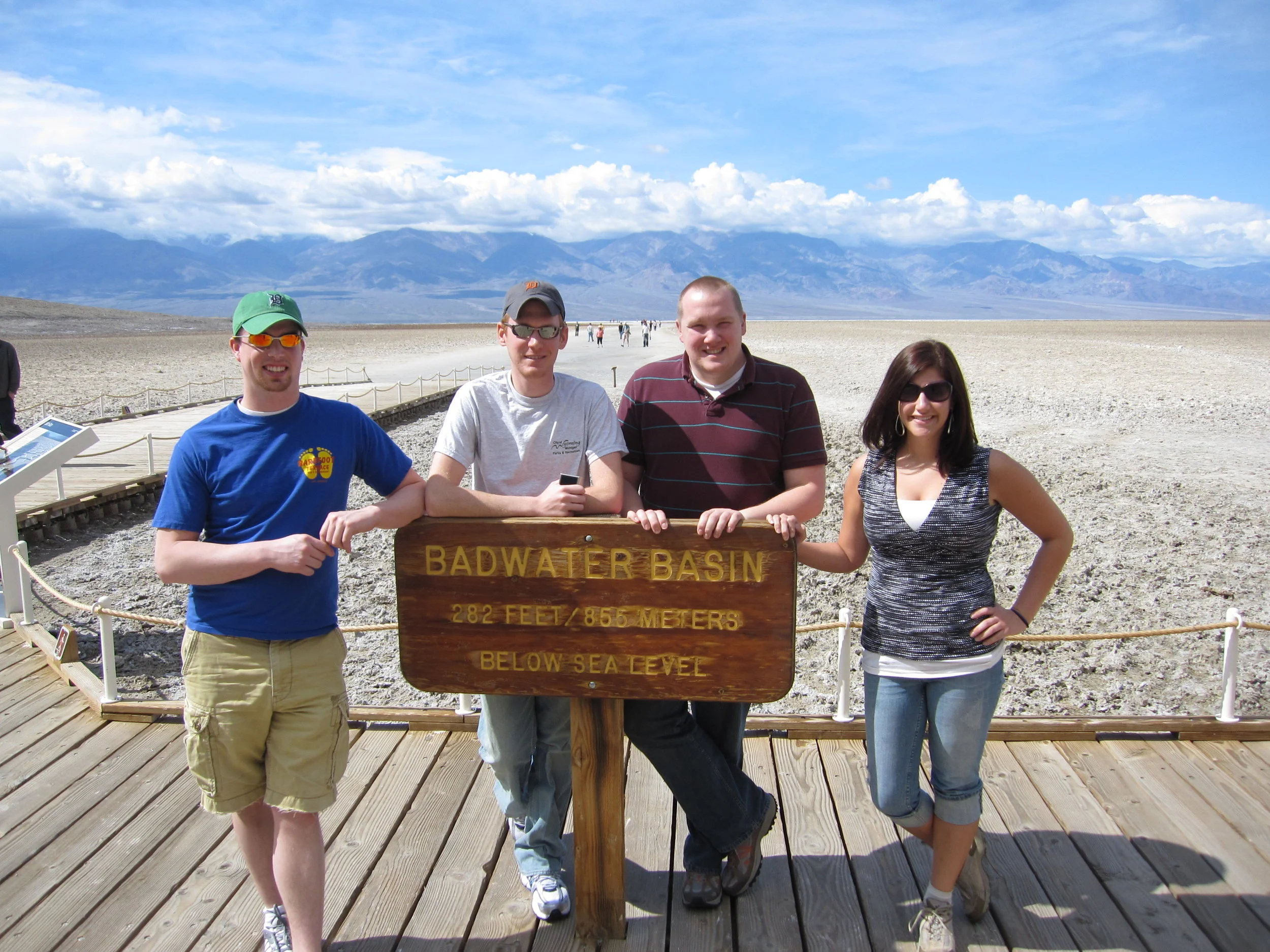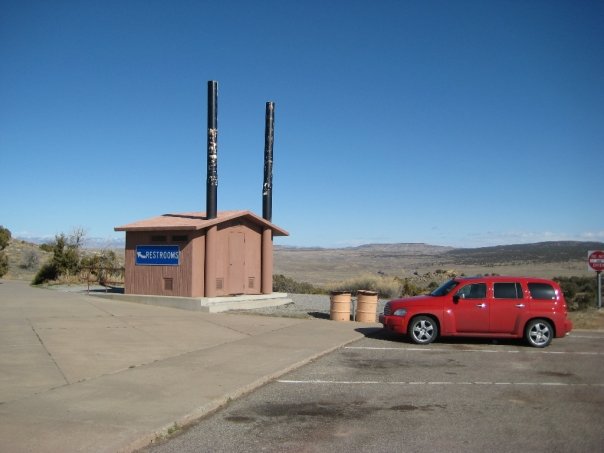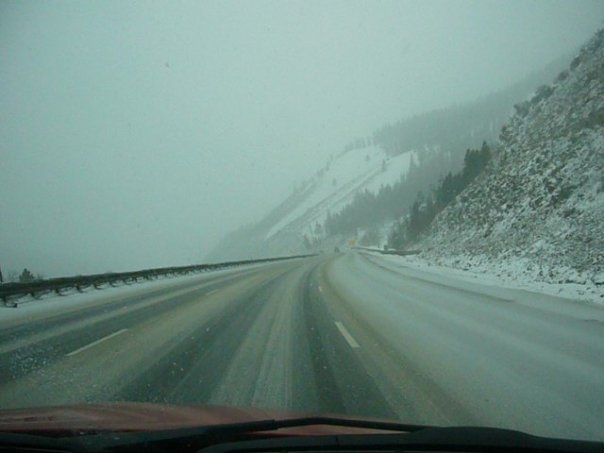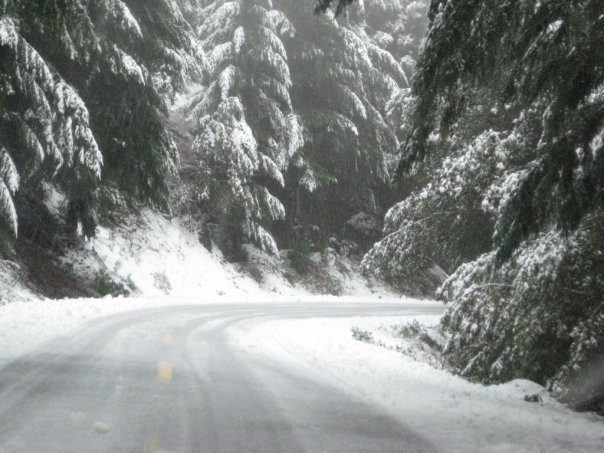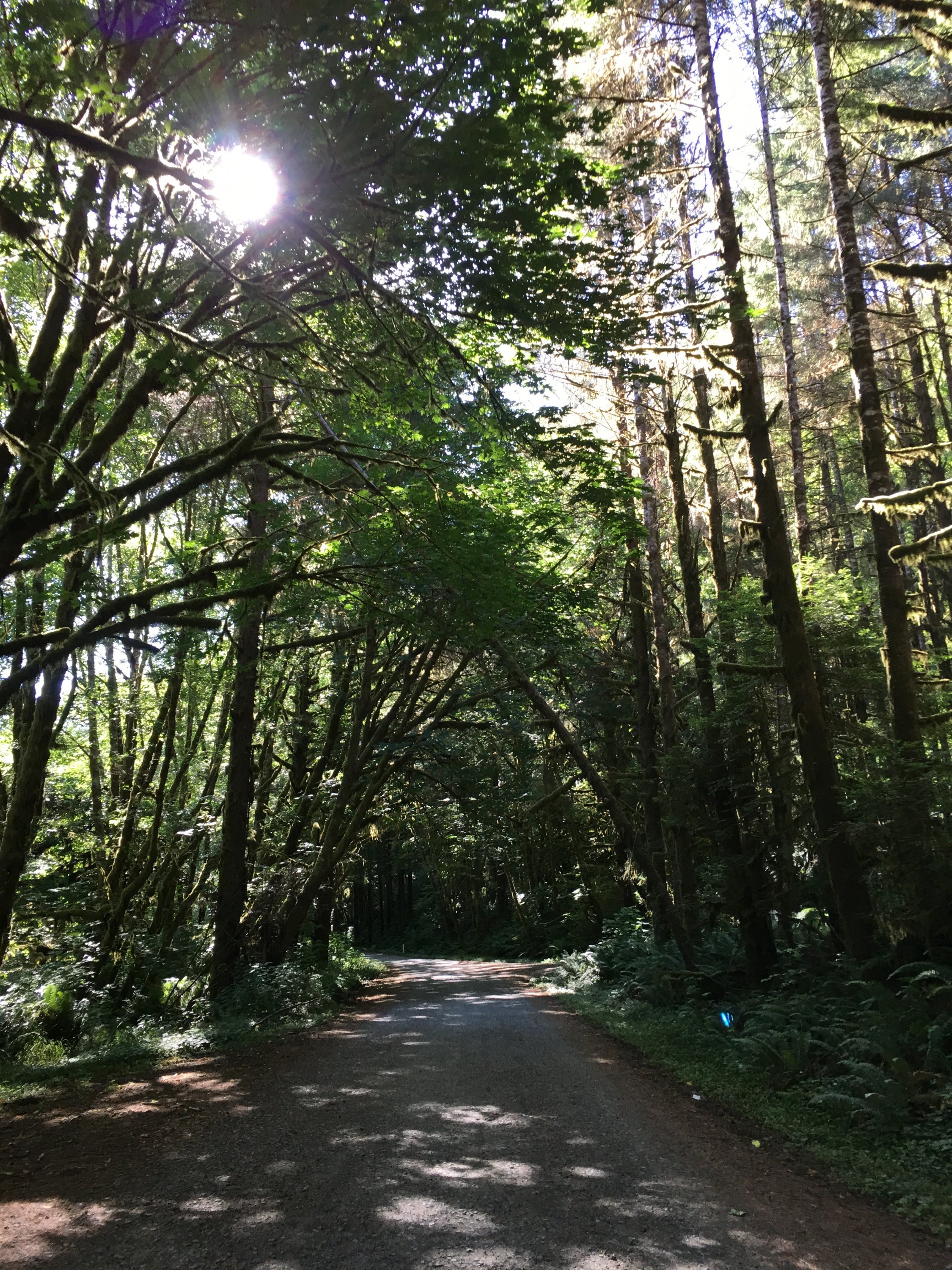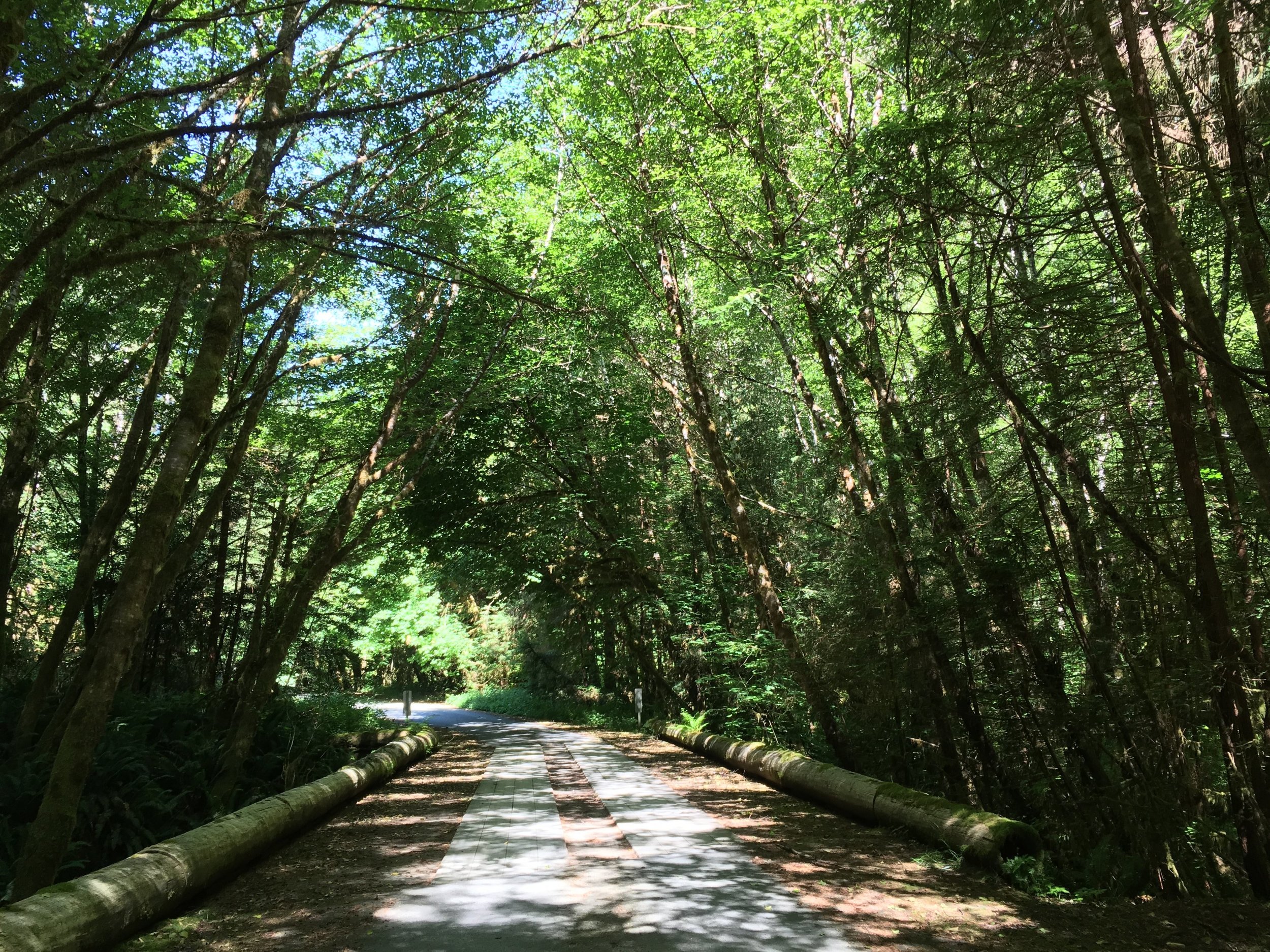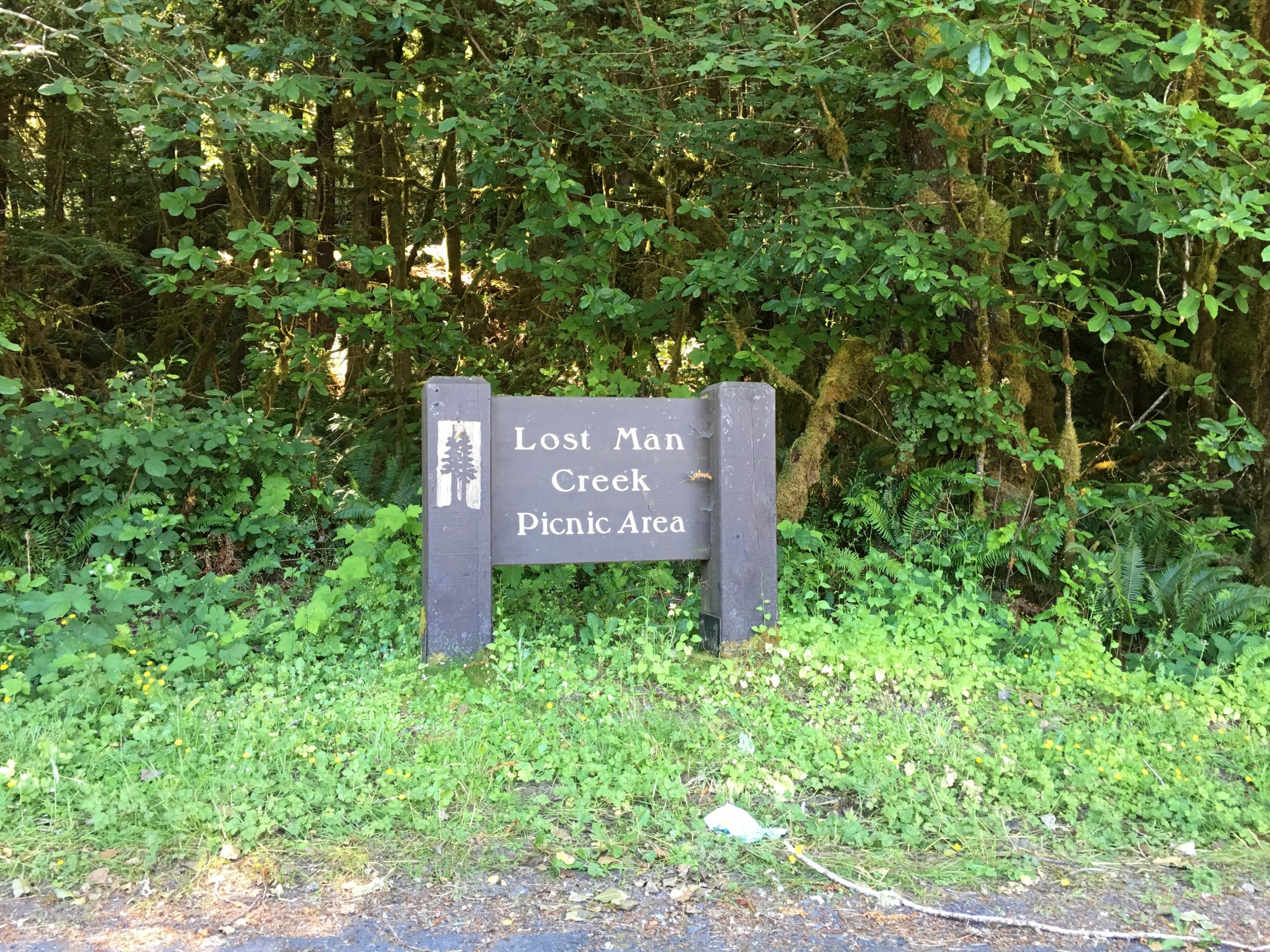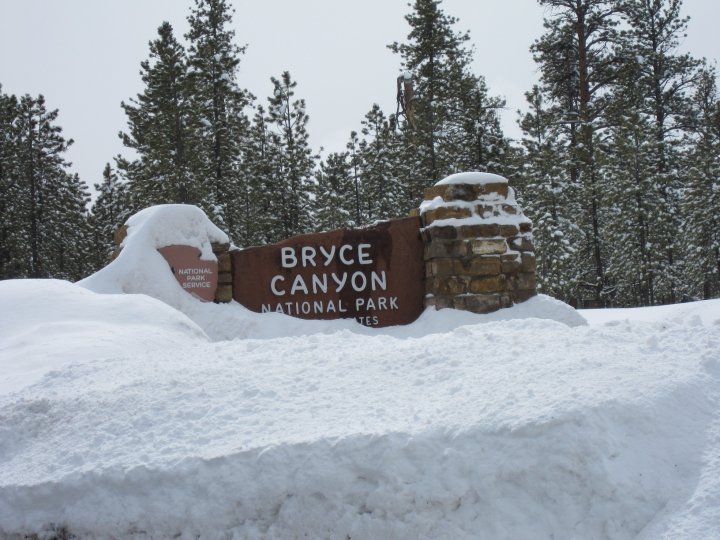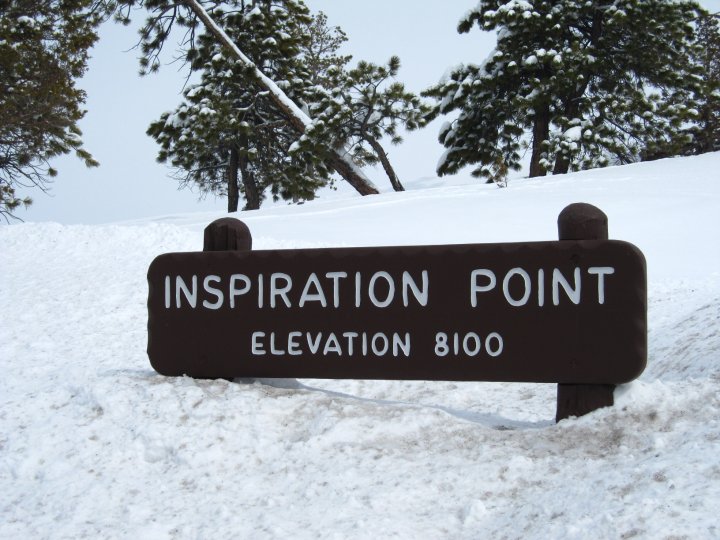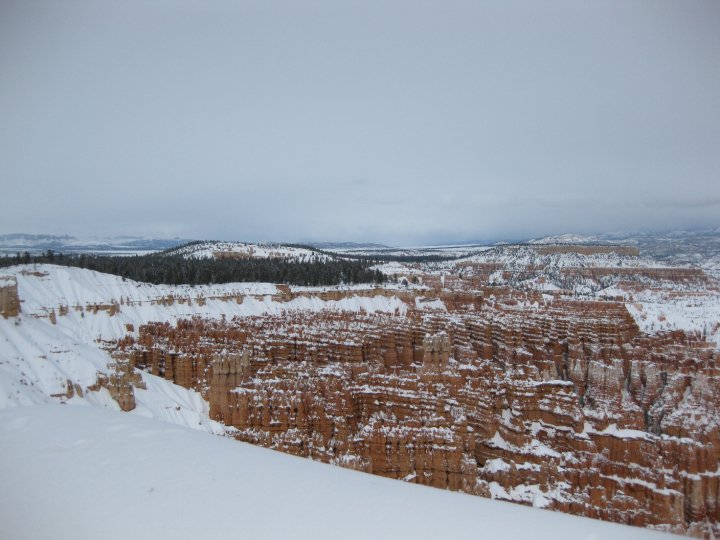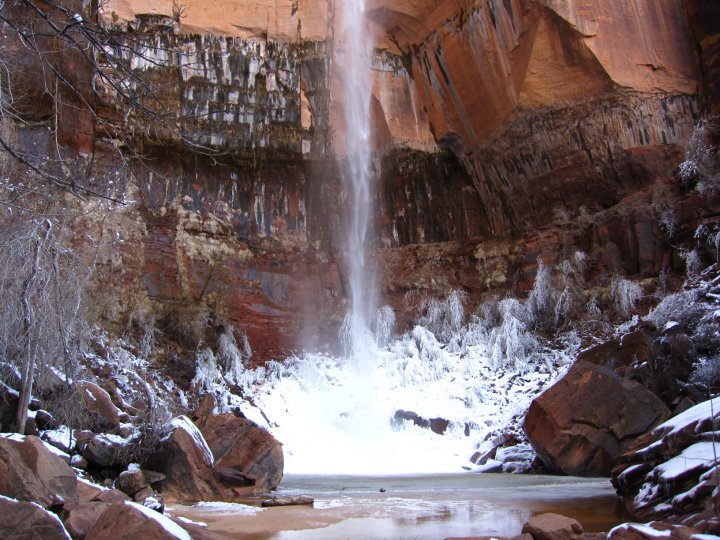Tonight's topic: A memorable animal encounter on America's Public Lands
On our way to Fern Cave
I'll start this story by saying I do not have any photos of the situation, as we were scrambling to keep ourselves and the dog safe in avoiding the lone bison out for a stroll on the hiking trail. It was the end of September, the perfect time of year to be camping in Texas, and my other half, dog, and I were out at Caprock Canyons State Park in the panhandle of Texas. Caprock Canyons is known around the state because of the bison herd they have roaming the park. We had adventured to this park in the spring, the other acceptable time of year to camp in Texas. In the spring, we became acquainted with the bison and the layout of the park, but didn't see everything. Our late September visit was set in motion for one main reason - to hike to Fern Cave. Fern Cave is in the northwest corner of the park and is a cavern with ferns growing wild due to the natural runoff and the coolness provided from the rocks. It was just over two miles back to the cave, so we took our time as the scenery was beautiful with red rocks mixed and green bushes thriving along the creek.
Fern Cave!
We arrived at Fern Cave in the late afternoon, with an expected return time to the campsite being around sundown. As we exited the cave, which had a narrow passage way in and out, we passed a couple and made the usual friendly greeting. We were hiking back the way we came, towards the trailhead and passed two women who were enjoying a snack that we had passed on our way in the cave. The sun was beginning to dim in the distance, with light fading and the golden hour upon us. We walked about a mile or mile and a half, I can't be certain, and there he was - the lone bison. In the middle of the hiking path, there was a younger male bison separated from his herd hanging out. He was rolling around, scratching the ground, and seemed to be dancing as though no one was watching. He didn't see us, so we back tracked to put a safe distance between us - he wasn't going anywhere.
The view from the path...one of the last photos before stumbling on the lone bison
The main goal was to get back to camp alive and unharmed, so we had to be smart. We looked at the brush on either side of the trail, thick with grass and thorny mesquite plants. To the left, we had a valley and an abundance of mesquite, to the right was mostly grass and low mesquite bushes and in plain sight of the bison. The two women had caught up so us and we caught them up on what was going on. They said they heard that there was a bison on loose from the ranger as they checked in to the park, but didn't know exactly where - good to know, now. We brainstormed and attempted a few trials at passing far enough away from the bison. One try led us into bushes too thick and one to a valley too deep and treacherous. At one point, the lone bison veered a little off course and we thought we'd get by on the trail but that didn't last long. We thought we could distract him in the bush, but that didn't seem to work either. Eventually, we had to just bite the bullet and go through those bushes that were too thick the first time and put some distance between us and the creature. We made it far enough around him and eventually returned to the trail. Hearts racing, legs scratched up, we were safe and back on track with only an hour delay. The sun had set by now, the sky was purple, and we still had a couple of miles to go until we made it back to the campsite.
The walk back grew darker and darker with each footstep forward and then I remembered that I always keep a headlamp in my day pack! Who knew that being prepared for everything would come in handy? The answer, everyone who suggests being prepared. The headlamp leads to the other part of this story. Once we made it to the main road that leads to the campsite, my headlamp was catching what looked like hundreds of diamonds in the darkness off the road. Upon further inspection, they were spiders. HUNDREDS of spiders had us surrounded - the entire way to the tent including around our cement pad where we had to take our shoes off and eat our late meal. It can be assumed the spiders were harmless grass spiders, but we weren't sure at the time of that and still aren't completely convinced.
These encounters were firm, yet appropriate, reminders that animals have the right of way when you're in their home. We had respect for that bison, and gave him the space he required to live his life. The lone bison dictated our moves and we had little choice in the matter. The spiders were just hanging out, as they do, because they live there. We were guests on their turf and sometimes we need to be reminded of that simple fact. I hope that lone bison found his herd and I hope he keeps on dancing like no one is watching.
Home free - safely around the lone bison
*This post was created in 1 hour for the Nature Writing Challenge found on twitter using the hashtag "naturewritingchallenge"
